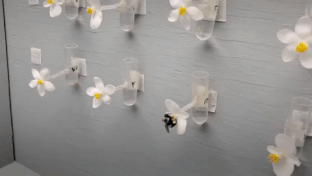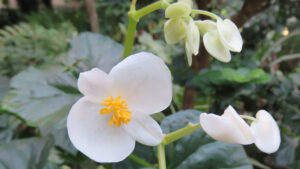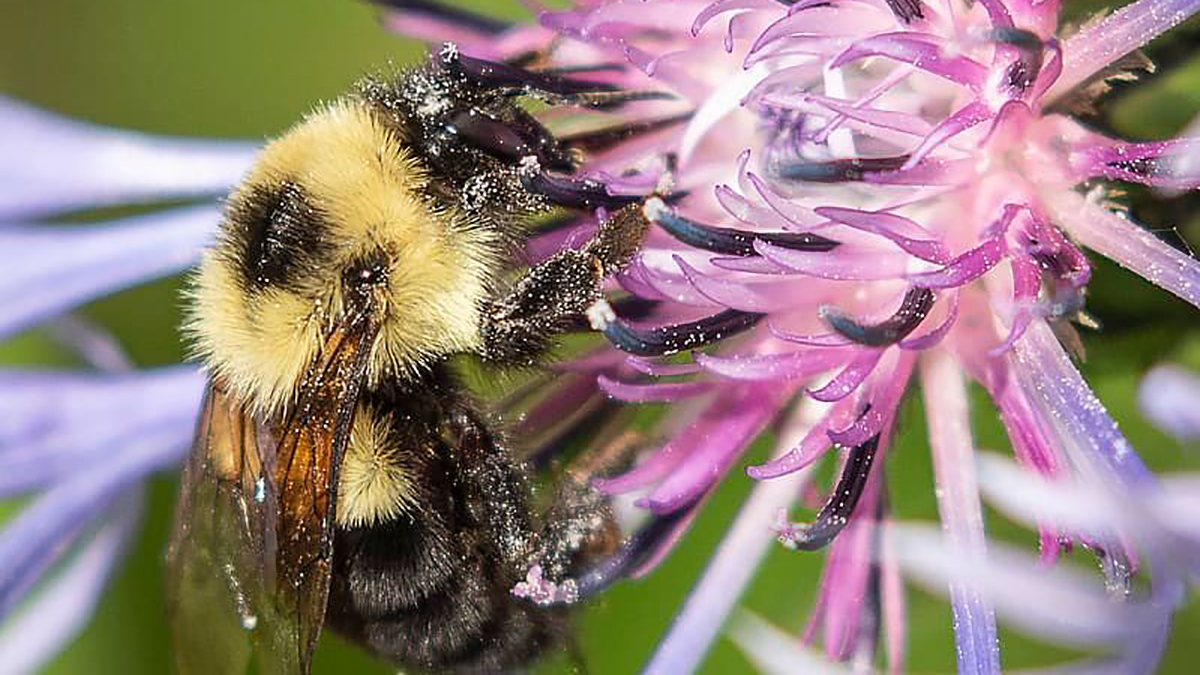Like other living creatures, plants are capable of deceit.
Dr. Avery Russell, assistant professor of biology, studies how some plants deceive insects through a process called floral mimicry.
About his research
In plants that engage in floral mimicry, flowers mimic other flowers to trick insects into pollinating them.
The pollen the insects spread fertilizes flowers and enables them to produce seeds.
Russell focuses his studies on how female flowers trick bees into pollinating them by mimicking male flowers on the same plant.

But why do bees prefer male flowers?
These male flowers offer a food reward. Meanwhile the female flowers do not, Russell explains.
“A single plant in this and many other plant species has two flower sexes,” Russell said. “We investigate how bees learn to distinguish rewardless females from rewarding males.”
Many undergraduate student researchers assist Russell with his ongoing research.
“Watching the students I mentor develop into capable scientists is the best part of the research process,” Russell said.
About the implications
Mimicry is common in plant-pollinator systems.
But, there’s not much research getting at the root of mimicry among floral sexes.

Russell’s studies reveal how the interests of plants and pollinators conflict, even while both still benefit each other.
Using his results, the biology community can better understand how and why floral mimicry and bee learning evolves.
“We study how plants exploit bees’ cognition so they can be effectively pollinated,” Russell said. “We also examine how bees change their behavior to avoid being exploited.”

